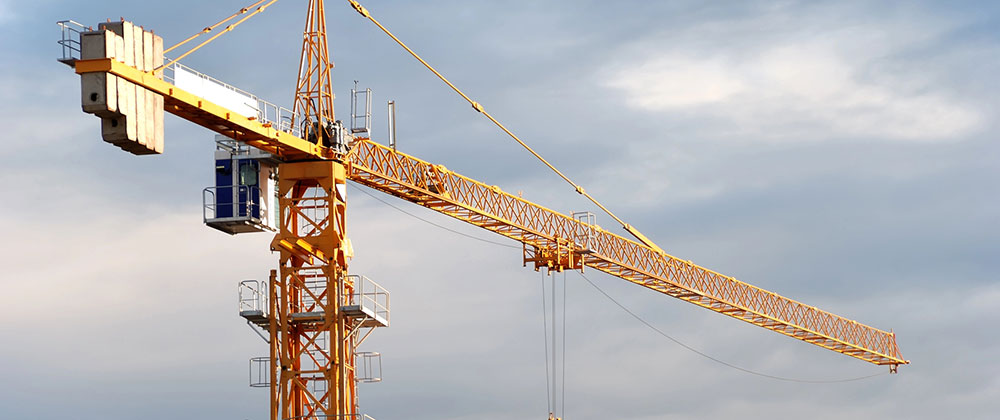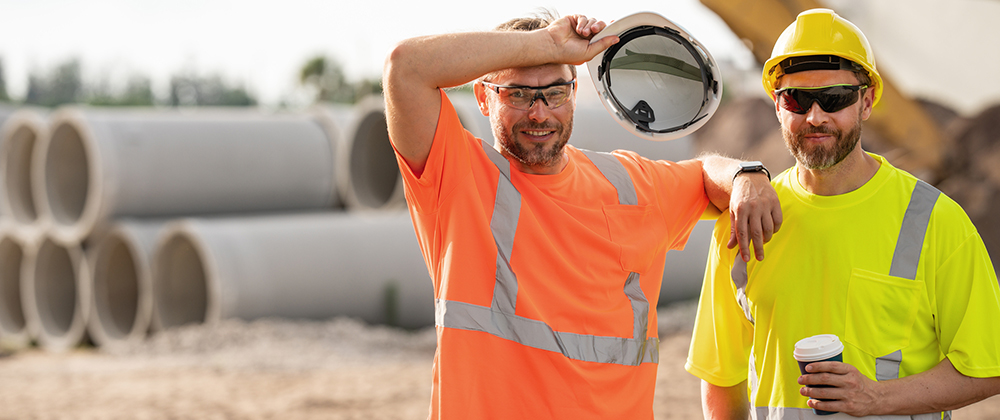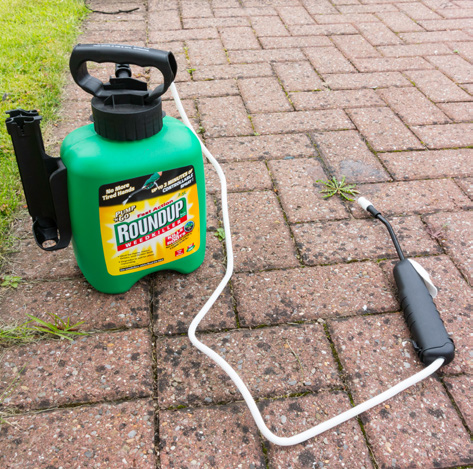Auto Safety Improved by Lawsuits
When a person is hurt in a car accident by some problem or defect in a vehicle, he or she may bring a products liability lawsuit against the manufacturer. If the injured plaintiff can convince the jury that the manufacturer built a car that was unsafe and that a safe design existed, then the plaintiff can recover damages for the injuries he or she has suffered.
But products liability suits do far more than provide compensation for those who have been injured by dangerous or defective products: In the long run, they also make those products safer. After having lost a lawsuit over some design defect in a car it has built, the manufacturer has two choices: It can ignore the problem and do nothing, or it can figure out how to solve the problem and make sure that it does not happen again. Enough large damages awards attributable to a problem it could have corrected will usually lead even the most stubborn manufacturer to change its designs for the better.
In addition to providing an incentive to manufacturers whose overriding concern is their bottom line, lawsuits can also goad regulatory authorities into action, leading them to enact new standards that automobile manufacturers must meet with their new cars.
Safer Gas Tanks
Perhaps the most famous example of litigation increasing vehicle safety involved the Ford Pinto. The gas tank on the Pinto was prone to exploding when the Pinto was hit from the rear. Ford knew this and knew how to fix the problem for just a few dollars per car, but it declined to do so because it calculated the cost of the fix would exceed the amount it would have to pay in damages to those killed and badly burned. This kind of gross calculation with human life and suffering did not sit well with juries and, as it turned out, Ford guessed wrong. So did GM, which did not redesign the “side saddle” gas tanks on some of its pickups, which were likely to burst into flames and even explode when hit from the side. Both companies paid many millions in actual and punitive damages. Even though Ford’s design had followed all applicable regulations at the time, the lawsuits led to an industrywide change in how gas tanks are designed.
Unibody Construction
There are many other examples of litigation leading to safer automobile design. A case in point is the 1974 crash by a police officer who lost control of his vehicle and slid into a pole at 25 miles per hour. The non-continuous frame in his car was insufficient to withstand even this relatively low-speed side impact, the force of which caused the car to literally wrap itself around the pole, which ripped through the body of the car and crushed the officer, leaving him a quadriplegic. Now cars have strong, unibody construction and continuous frames. Seat belts have been in cars for years, but lawsuits led to improved seat belts that did not have protruding buttons (which could be accidentally unlatched) and to three-point belts in back seats.
Roof Support Pillars
Manufacturers’ knowledge that roof support pillars were inadequate to support the roofs of vehicles involved in rollover collisions did not lead to the reinforcing of pillars and roofs; rather, lawsuits brought by people injured when their roofs were crushed led manufacturers to act.
Airbags
The very manufacturers whose ads now brag about the number of airbags in their vehicles fought tooth and nail to prevent airbags from being made mandatory, despite their own data showing that airbags greatly decreased the chance of car occupants’ being killed in certain accidents. Again, lawsuits arguing that a car with airbags was a safer and a feasible design led to a change in both attitudes and regulations.
Safer Tires
Nor are the cars themselves the only beneficiaries of increased safety attributable to litigation. A series of lawsuits led to large recalls of Firestone tires (mostly on Ford vehicles), the treads of which were prone to separate, causing the cars to crash. The problems causing the tread separation have now been addressed.
Power Window Switches
When power windows became common, most had rocker-type switches that the user pushed down on to close the window. The problem with this type of switch was that it was possible to lean on the switch by accident, thus raising the window. In one three-month period in 2004, seven children died when they accidentally closed the window and were strangled. Manufacturers knew of the problem and knew it could be solved with switches the user had to pull up on to close the window, but it took a spate of lawsuits to “encourage” them to use the safer switches.
It is tempting to see a lawsuit as a way of getting back what has been taken from you, and this is certainly one of its important purposes. However, the effects of a lawsuit may echo far outside the courtroom in which it is decided and may save hundreds or thousands of lives.




